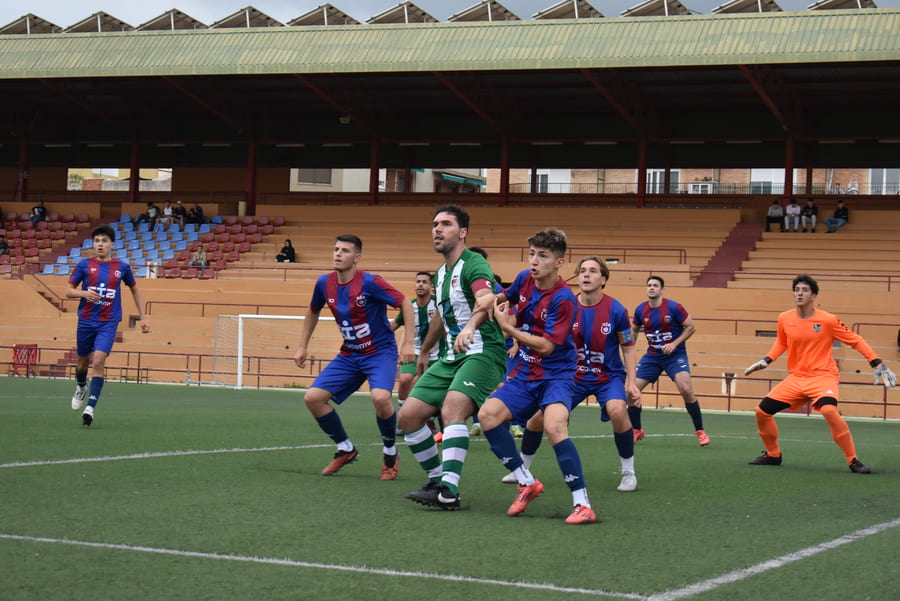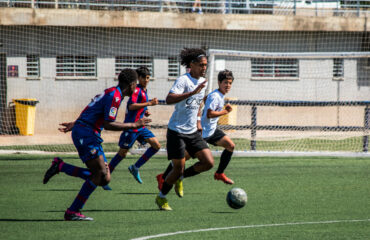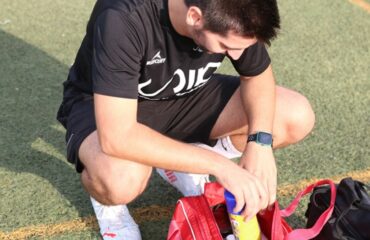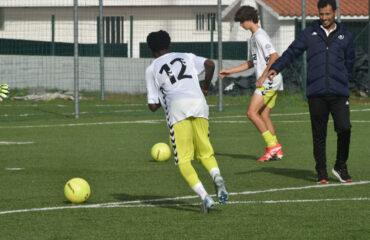In modern football, set pieces have become a decisive element on the scoreboard. Goals that used to come almost exclusively from open play are now increasingly decided from a well-executed corner, a wide free-kick, or a strategic throw-in. At SIA Academy, we know this, and that’s why we work on set pieces as a game phase with its own identity: with analysis, planning, and a lot of training.
Table of contents
Set pieces are a decisive phase in the modern game
The statistics don’t lie: in many professional competitions, over 30% of goals come from set pieces. And in close matches, that percentage can make the difference between winning and losing. However, there are still teams and players who don’t give it the importance it deserves.
Mastering set pieces is not a matter of luck. It’s a job of detail, repetition, and tactical intelligence. At SIA Academy, we treat every set piece as a strategic opportunity. We know that a well-taken corner or a perfectly executed free-kick can change the outcome of a match.
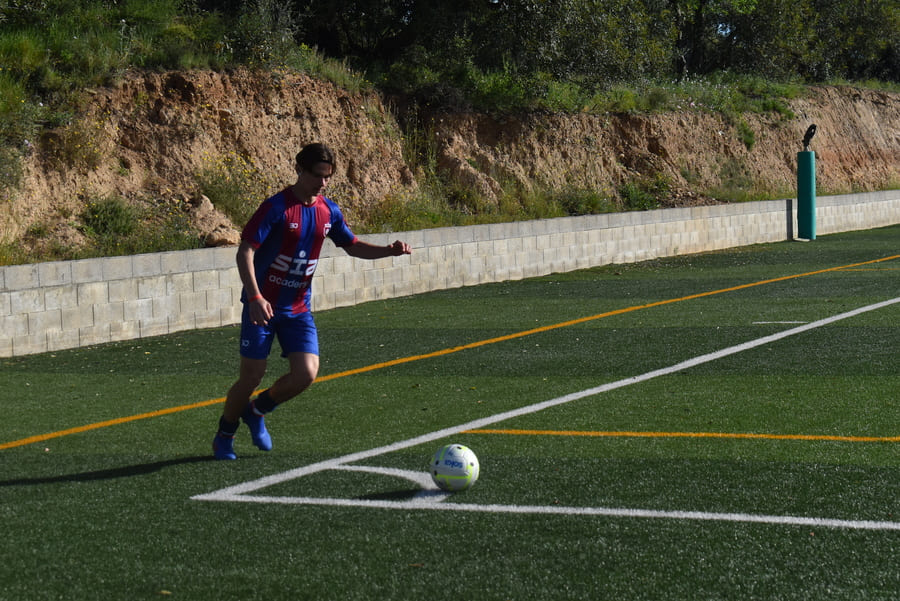
How we train it at SIA Academy
In our methodology, set pieces are part of the weekly training routine. Both in youth categories and high-performance teams, we dedicate specific time to preparing:
- Offensive and defensive corner kicks
- Wide and central free-kicks
- Strategic throw-ins
- Penalties
- Rehearsed plays in high blocks or transitions after set pieces
It’s not just about mechanically repeating a routine, but understanding the reasoning behind every movement, every run, every screen.
The role of video analysis
One of the keys to success in set pieces at SIA Academy is the use of video analysis as a tool to detect patterns and improve execution. This is where Alain, our technical analyst, plays a key role by studying every detail to optimize these situations.
“Set pieces are a chance to control the uncontrollable. Unlike open play, here we can plan everything down to the millimeter. And that starts with watching videos, studying opponents, and improving our own movements,” explains Alain.
Thanks to video analysis, players not only see their own successes and mistakes, but also observe opponent behaviors, detect weaknesses in marking, and learn how to act depending on the type of defense (zonal, mixed, or man-to-man).
We also create tactical animations, simulations, and visual presentations so players can clearly internalize what will be worked on in training.
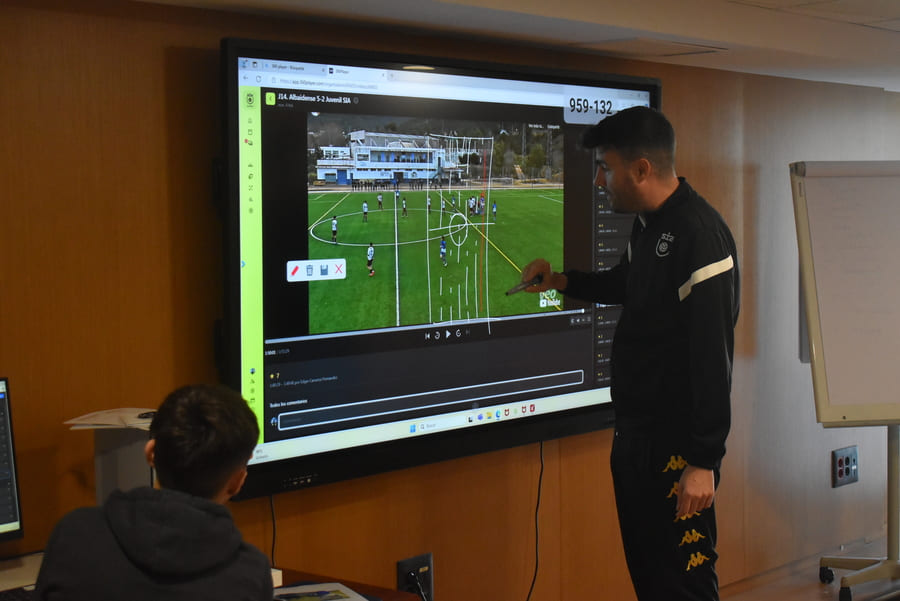
Creativity and adaptation
One of the advantages of our work at SIA Academy is that we don’t teach fixed routines rigidly. Instead, we encourage creativity and the ability to adapt. The coaching staff and analysis department propose base structures and concepts, but the team itself, over time, develops new variations.
“We like players to make suggestions. Not just to execute, but to understand and contribute ideas. Set pieces are not only about discipline—they’re also about creativity and collective intelligence,” adds Alain.
This allows each team in the academy to develop its own identity in set pieces, with routines adapted to the characteristics of the available players: more physical, more technical, with tall center-backs or left-footed takers.
The importance of individual roles
Every player has a specific role in a set piece. At SIA Academy, we work to ensure that everyone understands their responsibility, whether it’s:
- The taker, who needs precision, vision, and decision-making skills.
- The screeners, who create space and time for teammates.
- The finishers, who must coordinate their jumps with the timing of the run.
- The ones positioned for rebounds or second balls.
Everything is trained. Everything is measured. Everything counts.
And most importantly: everything is adapted to the team’s playing style, as we don’t treat set pieces as something separate, but as part of the overall match plan.
Psychology and focus
Another area we emphasize at SIA Academy is the mental factor. Set pieces often happen in high-pressure moments (draws, late minutes, big matches), so we also train concentration, communication, and decision-making under pressure.
“Knowing what to do isn’t enough. You have to do it right in the key moment. And that’s achieved through repetition, but also by simulating real-game context,” emphasizes Alain.
Set pieces are not a minor detail—they’re a game phase that can define championships. At SIA Academy, we work on them with the same intensity and professionalism as any other part of training. We use technology, methodology, and creativity to get the most out of every situation.
We train players who not only know how to execute a routine, but who understand why, how, and when to do it. Because in today’s football, matches are also won through tactical intelligence, precision, and invisible work.
And there, in the silence before the corner kick, future professional players are forged.



